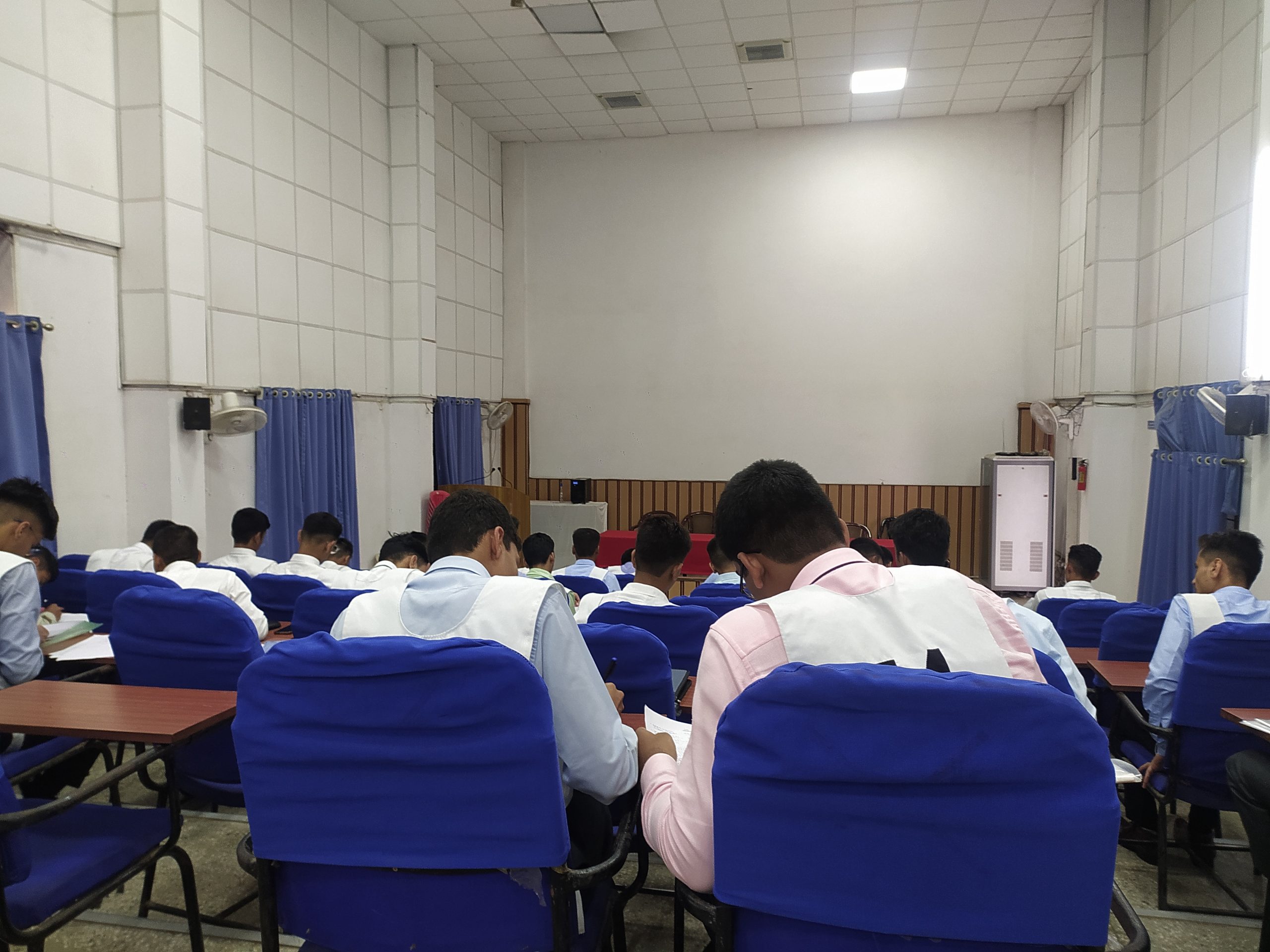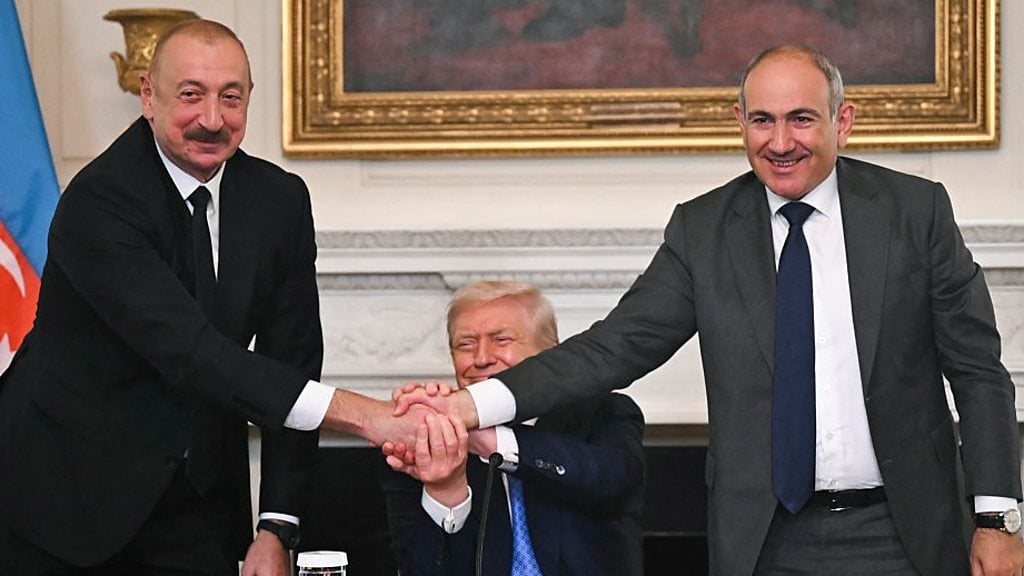Important Documents Required For SSB Interview – Checklist Here
The Services Selection Board (SSB) interview is a critical stage in the recruitment process for aspiring officers in the Indian…
Air Force Chief Confirms Shooting Down of Six Pakistani Aircraft in Operation Sindoor, Credits S-400 as Game-Changer
Air Chief Marshal Amar Preet Singh has confirmed that the Indian Air Force (IAF) shot down five Pakistan Air Force…
India’s Defence Production Hits Record ₹1.51 Lakh Crore in FY 2024-25
India’s defence manufacturing output has reached an all-time high of ₹1,50,590 crore in FY 2024-25, marking an 18% jump from…
Lt Gen Manjinder Singh Reviews Drone Training Initiatives at Lalgarh Jattan Military Station
Lieutenant General Manjinder Singh, General Officer Commanding-in-Chief of the South Western Command, visited Lalgarh Jattan Military Station on August 8…
Azerbaijan, Armenia Back Donald Trump for Nobel Peace Prize After White House Peace Accord
US President Donald Trump’s push for the Nobel Peace Prize gained fresh momentum on Friday after Azerbaijan and Armenia jointly…
Lance Naik Pritpal Singh and Sepoy Harminder Singh Martyred in Overnight Firing During ‘Operation Akhal’
The gunfight between security forces and terrorists in Jammu and Kashmir’s Kulgam district stretched into its ninth day on Saturday,…






